In NetSuite, Administrator who has control on everthing in his organization. when it comes to "Full Access" we can observe sligh difference between each.
CuriousRubik
Recent Posts
Topics: Customization
Know the difference between Hard bounce and Soft bounce in NetSuite
Bounce: means when we send email was sent to a specific address, but the mail server that received the email for that person has sent it back, saying it could not be delivered.
Topics: Marketing
Here is the difference between between “Voiding” and “Closing” transactions
Voiding Transaction: If we click on void button automatically order quantity will become “Zero” and transaction amount will become “Zero” and in memo field by we will get message called “VOID”
Give a role permission to edit existing records but restrict it from creating a new
- Navigate to Setup > Customization > Workflow > New.
- Enter Restrict Create Custom Record in the Name field.
- Select the Custom Record Type in the Record Type field.
- Check the On Create check box.
- Set Trigger Type to Before Record Load.
- Set the Event Type to Create.
- Click the button next to the Condition field.
- Select User Role under the Field column.
- Set the Compare Type to any of.
- Click the Select Multiple button in the Selection column.
- Select the roles that should be restricted from creating new records.
- Click Done.
- Click Save.
- Check the Execute as Admin check box in the Basic Information section of the workflow summary.
- Set the Release Status to Released.
- Check the Enable Logging check box.
Topics: Customization
Many businesses charge late fees or finance charges on invoices that are overdue. This allows business owners to recover costs incurred by carrying unpaid bills on their books. Finance charges are usually calculated on a monthly basis for all transactions that meet the criteria that the business owner has set up.




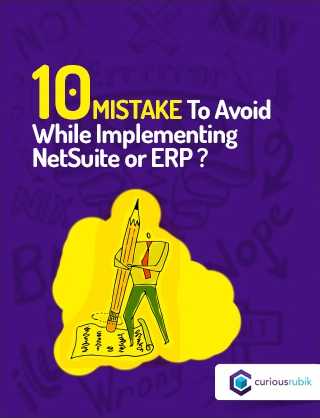
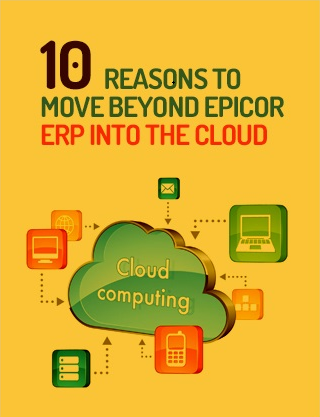
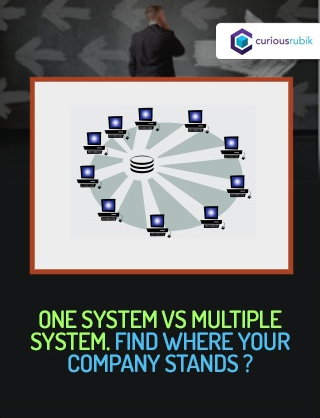

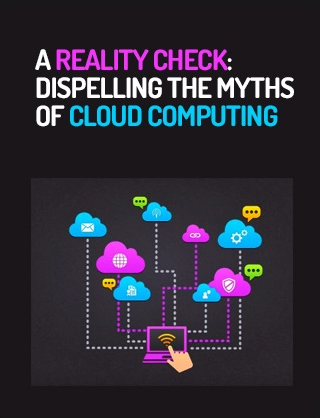
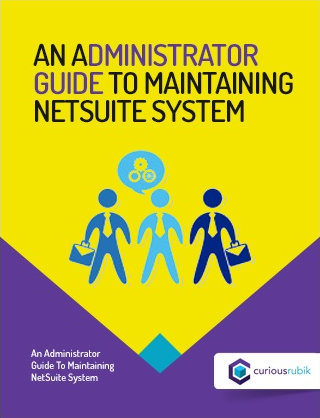
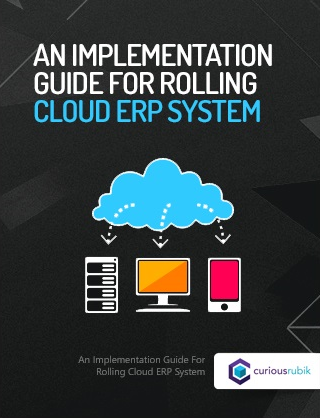
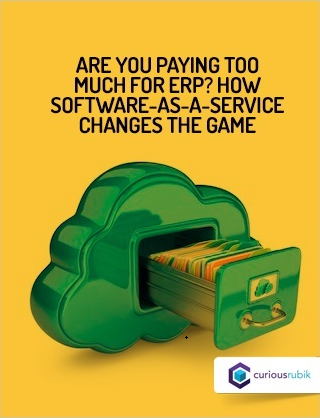
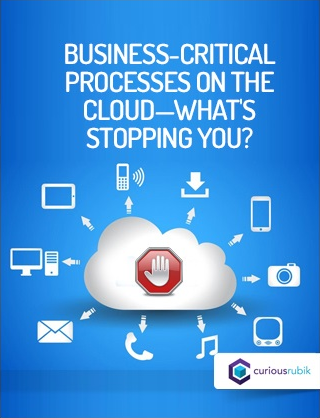
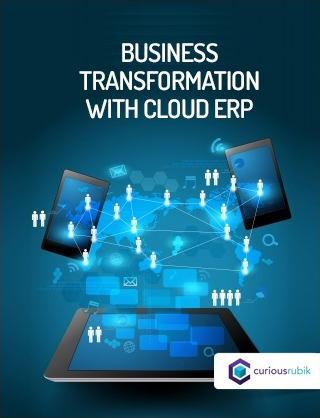
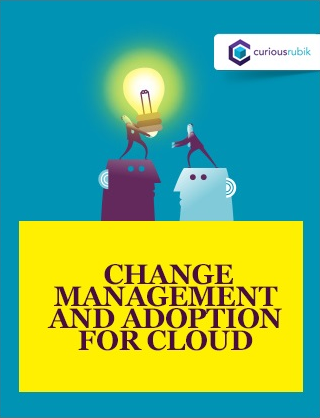


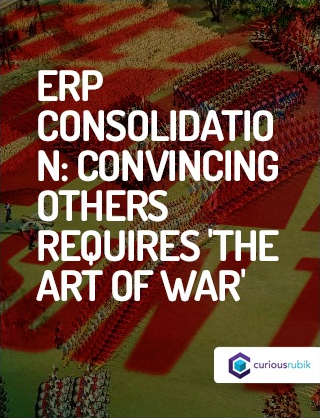





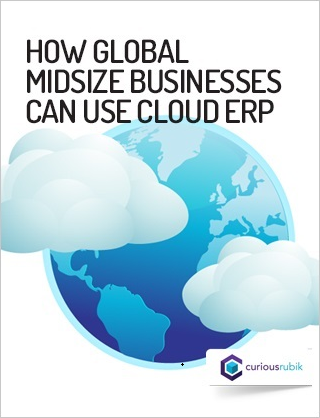
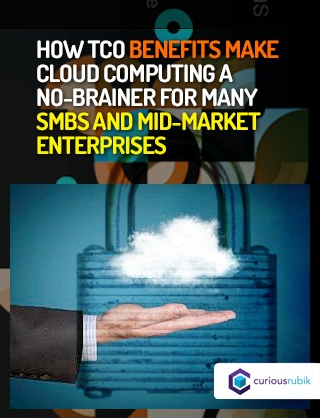
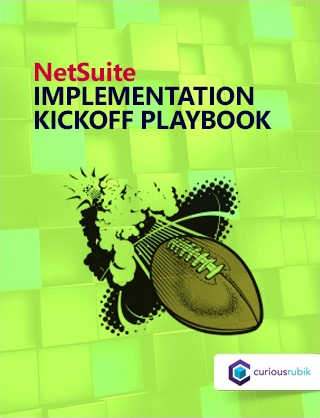
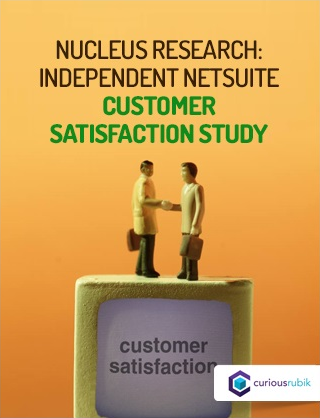
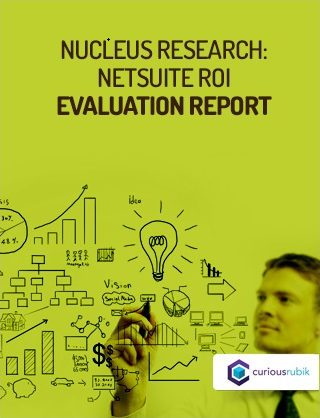
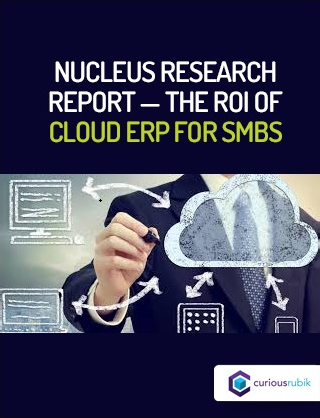
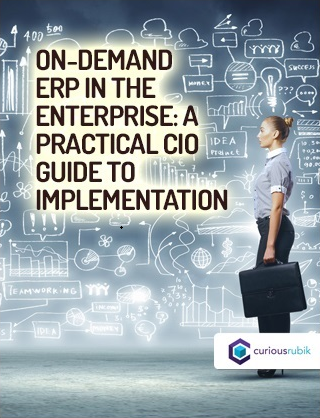
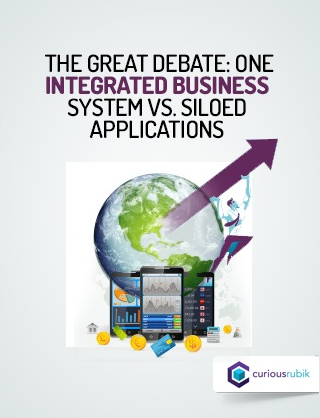
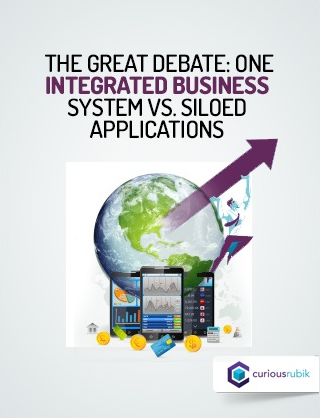
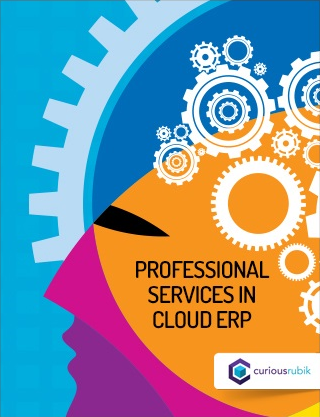

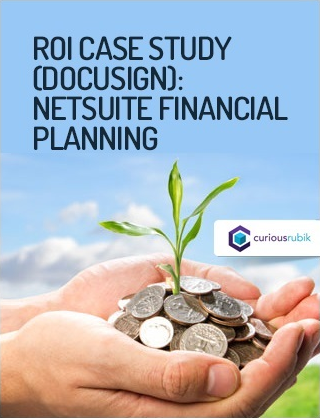
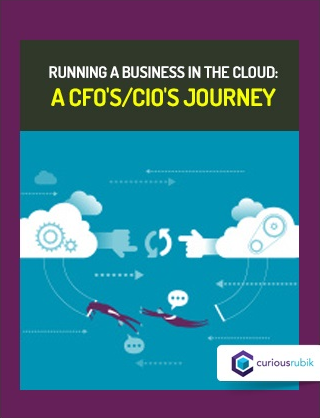
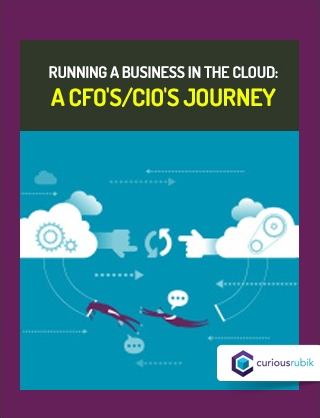



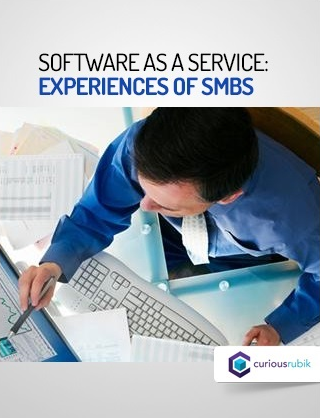
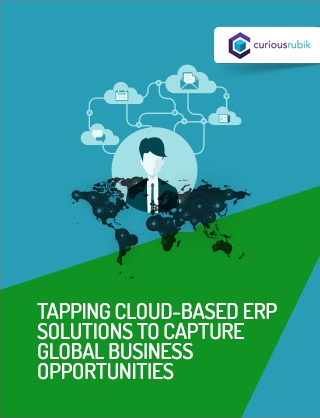

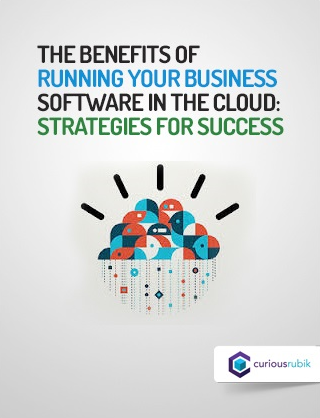
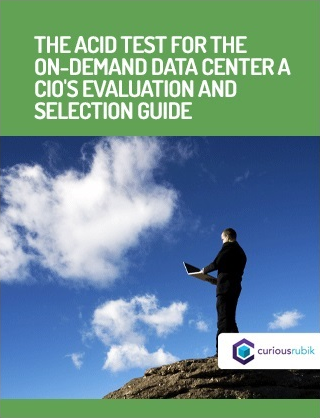
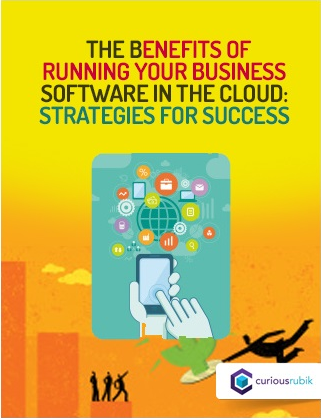
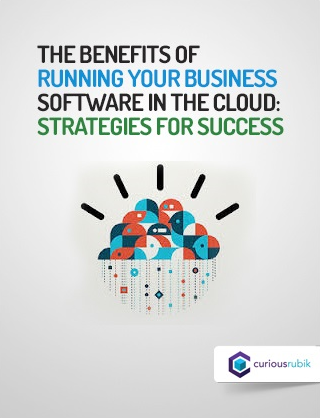
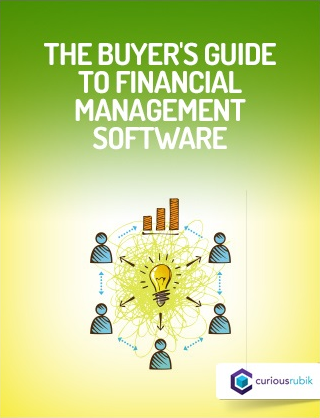
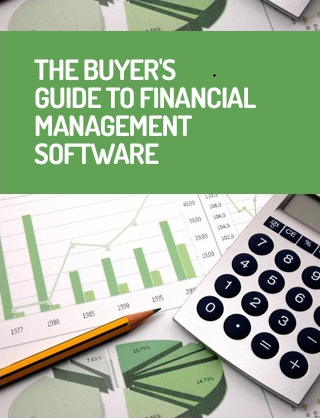
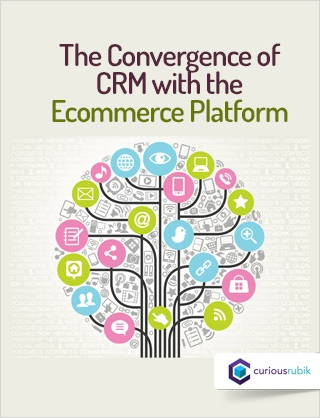
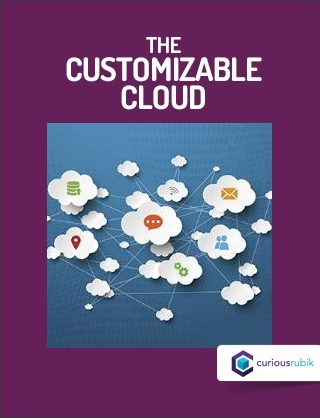



















 Twitter
Twitter Linkedin
Linkedin Youtube
Youtube Google +
Google + Face Book
Face Book